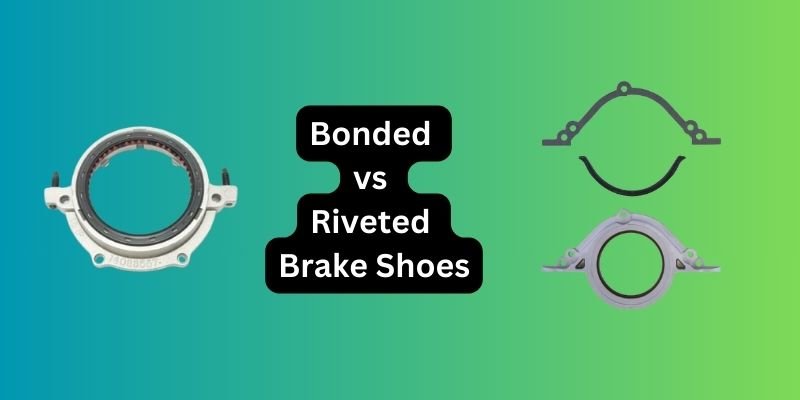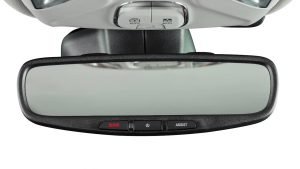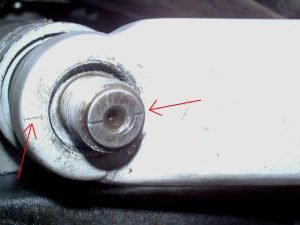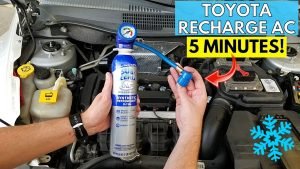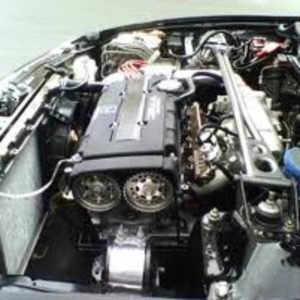When it comes to brake shoes, there are two main types available on the market: bonded and riveted brake shoes. Both types of brake shoes serve the same purpose, which is to create friction and slow down or stop a vehicle. However, the way in which they are manufactured and the materials used can greatly affect their performance and durability. In this content outline, we will explore the differences between bonded and riveted brake shoes, their manufacturing processes, performance characteristics, and advantages and disadvantages. We will also discuss factors that should be considered when choosing between the two, as well as recommendations for the best option based on those factors.
Contents
Bonded Brake Shoes
Bonded brake shoes, also known as molded brake shoes, are a popular type of brake shoe that are commonly found on newer vehicles. They are made by bonding together layers of friction material and steel using a high-pressure molding process.
Manufacturing Process:
Layers of friction material and steel are bonded together using high-pressure molding process
Friction material may consist of organic, metallic, or ceramic materials, depending on the application
Advantages:
Quieter operation than riveted brake shoes
More environmentally friendly manufacturing process
Better suited for vehicles that are driven under normal conditions
Disadvantages:
Tend to wear out faster than riveted brake shoes
Less heat dissipation capacity than riveted brake shoes, making them less suitable for heavy-duty applications
Generally more expensive than riveted brake shoes
Performance Characteristics:
Good stopping power in normal driving conditions
Reduced brake fade due to improved bonding of materials
Reduced noise and vibration during braking
Overall, bonded brake shoes are a good choice for everyday driving, but may not be suitable for heavy-duty applications. The manufacturing process is also more environmentally friendly, which may be a consideration for some consumers.
What are the benefits of using a riveted brake shoe over a bonded brake shoe?
When considering the difference between alternator wirings, it’s important to note the benefits of using a riveted brake shoe over a bonded brake shoe. Riveted brake shoes are known for their durability and strength, making them more reliable for heavy-duty or high-heat braking situations. Additionally, they offer better performance and longer lifespan compared to bonded brake shoes.
Riveted Brake Shoes
Riveted brake shoes, also known as bonded and riveted brake shoes, are a more traditional type of brake shoe that have been around for many years. They are made by attaching friction material to a metal shoe using rivets, and are often found on older vehicles or those used for heavy-duty applications.
Manufacturing Process:
Friction material is attached to metal shoe using rivets
Friction material may consist of organic, metallic, or ceramic materials, depending on the application
Advantages:
More durable than bonded brake shoes, making them better suited for heavy-duty applications
Better heat dissipation capacity than bonded brake shoes, making them less likely to fade under high heat conditions
Generally less expensive than bonded brake shoes
Disadvantages:
Can be noisier than bonded brake shoes
Not as environmentally friendly as bonded brake shoes due to the use of rivets and their associated waste
May require adjustment or replacement of rivets over time
Performance Characteristics:
Good stopping power in heavy-duty applications
Better heat dissipation capacity than bonded brake shoes
More likely to experience brake fade than bonded brake shoes
Overall, riveted brake shoes are a good choice for heavy-duty applications, but may not be as suitable for normal driving conditions. They also have a lower cost compared to bonded brake shoes, which may be a consideration for consumers.
Comparison of Bonded and Riveted Brake Shoes
When comparing bonded and riveted brake shoes, there are several key factors to consider, including their manufacturing processes, performance characteristics, advantages and disadvantages, and cost.
Manufacturing Processes:
Bonded brake shoes are made by bonding together layers of friction material and steel using a high-pressure molding process, while riveted brake shoes are made by attaching friction material to a metal shoe using rivets.
Bonded brake shoes have a more environmentally friendly manufacturing process, while riveted brake shoes use more material and can generate more waste.
Performance Characteristics:
Bonded brake shoes tend to be quieter than riveted brake shoes, but also wear out faster and have less heat dissipation capacity.
Riveted brake shoes are more durable and have better heat dissipation capacity, making them better suited for heavy-duty applications.
Advantages and Disadvantages:
Bonded brake shoes have the advantage of quieter operation and an environmentally friendly manufacturing process, but the disadvantage of wearing out faster and being less suitable for
heavy-duty applications.
Riveted brake shoes have the advantage of durability and better heat dissipation capacity, but the disadvantage of generating more waste and being noisier.
Cost:
Bonded brake shoes are generally more expensive than riveted brake shoes, due in part to their more advanced manufacturing process and higher-quality friction material.
Overall, the choice between bonded and riveted brake shoes will depend on a variety of factors, including the driving conditions, type of vehicle, personal preferences, and expert recommendations. Bonded brake shoes are a good choice for everyday driving, while riveted brake shoes are better suited for heavy-duty applications. However, cost may also be a consideration, with bonded brake shoes generally being more expensive than riveted brake shoes.
Factors to Consider When Choosing Between Bonded and Riveted Brake Shoes
When deciding between bonded and riveted brake shoes, there are several factors to consider, including:
Driving Conditions: The driving conditions can have a significant impact on the choice between bonded and riveted brake shoes. Bonded brake shoes are a good choice for normal driving conditions, while riveted brake shoes are better suited for heavy-duty applications or driving in high heat conditions.
Vehicle Type: The type of vehicle being driven can also impact the choice between bonded and riveted brake shoes. For example, newer vehicles may be better suited for bonded brake shoes, while older vehicles or heavy-duty trucks may require riveted brake shoes.
Personal Preferences: Personal preferences can also play a role in the choice between bonded and riveted brake shoes. For example, some drivers may prefer the quieter operation of bonded brake shoes, while others may prioritize durability and heat dissipation capacity and opt for riveted brake shoes.
Expert Recommendations: It’s important to consider expert recommendations when choosing between bonded and riveted brake shoes. A trusted mechanic or other automotive expert can provide valuable guidance on which type of brake shoes are best suited for a particular vehicle and driving conditions.
Cost: Cost is also a consideration when choosing between bonded and riveted brake shoes. Bonded brake shoes are generally more expensive than riveted brake shoes, so the budget may play a role in the decision.
Overall, the decision between bonded and riveted brake shoes will depend on a variety of factors, and it’s important to carefully consider each of these factors before making a choice. By taking these factors into account, drivers can make an informed decision and choose the best type of brake shoes for their needs.
In conclusion, when choosing between bonded and riveted brake shoes, several factors should be considered, including driving conditions, vehicle type, personal preferences, expert recommendations, and cost. Bonded brake shoes are a good choice for normal driving conditions, while riveted brake shoes are better suited for heavy-duty applications or driving in high heat conditions.
While bonded brake shoes are generally quieter and more environmentally friendly, they may wear out faster and have less heat dissipation capacity than riveted brake shoes. Riveted brake shoes are generally more durable and have better heat dissipation capacity, but they may be noisier and generate more waste.
Ultimately, the decision between bonded and riveted brake shoes should be based on a careful consideration of these factors, and it’s important to consult with a trusted mechanic or other automotive expert to ensure that the right choice is made.
Affiliate Disclosure: As an Amazon Associate, I earn from qualifying purchases made through links on this site.

